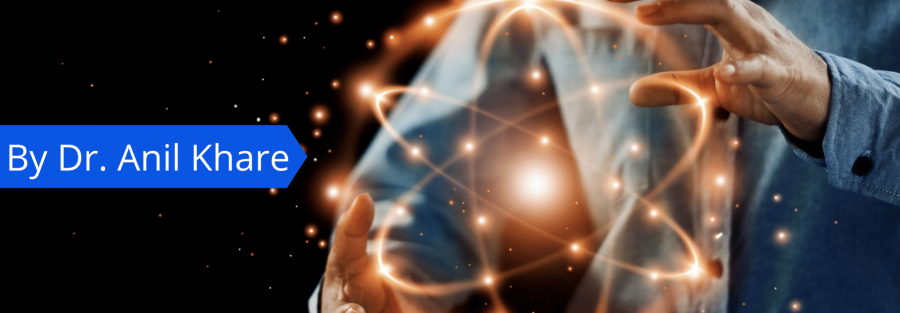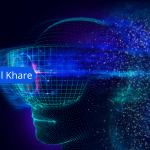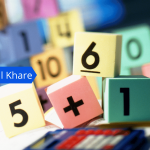Quantum computing is the harnessing of collective properties of quantum variables, including entanglement and superposition, to perform useful computation. In layman’s terms, quantum computing is the ability to carry out certain tasks by utilizing the collective behavior of quantum entities. In laymen’s terms, it is a way of utilizing the collective properties and particles of subatomic particles for purposes which are typically not possible with classical systems. The usual machines that do quantum computations are called quantum computers. They use a tunneling technique to connect to a quantum computer via a medium like radio waves or microwaves.
Entangled states of the subatomic particles are a prime component of all natural phenomena. A common example is the electron, which possesses a particular alignment when in a state of zero degrees of spin. The study of quantum mechanics postulates that each point on the surface of a proton should be occupied by an invisible, but nearby unit. A variety of experiments along these lines have yielded results that support theories of quantum computing.
One of the most basic models of quantum computing involves a two-part system with a single qubit and a gate function that allow only one of the parts to emit a photon. It is called the Alice’s Broom syndrome. A variation on this concept called the Bell’s Theorems supposes that there is a third party that alters the photon emission process so that it alters the state of the qubits needed for quantum computing to occur. An alternative method called Shor’s Theorems supposes that one or more particles are in a superposition between two distinct states at different times. By measuring the position and velocity of these particles, the experimentists can determine the value of the parameter k, which is the essential criteria for computing using the entangled pairs method.
Quantum computing has several outstanding milestones. Among these is the realization that the collective behavior of elementary particles produced from the collective energy of the universe conforms to a model of quantum mechanics consistent with predictions of a variety of techniques used in modern computing. Physicists have also been successful in producing a description of the virtualization of reality inside of a computer, a feat that is crucial for the design of programs that can run software programs without needing a user to actually be present. In a sense, the ultimate goal of quantum computing is to produce a machine that would be able to calculate solutions to nearly all physical problems, even those that may seem insoluble.
Theoretical models of quantum computing have been successful in predicting the behavior of particles and the emergence of the so-called ‘branes’ of space-time. However, the experimental verification of these predictions, which were first made approximately 25 years ago, remains inconclusive. Quantumists have made great progress in developing a technique called the P versus NP problem, which aims to show that it is mathematically possible for a program to solve a given problem without relying on any reference in the classical or real world. This leads to the conclusion that, contrary to earlier predictions, the process of Quantum Computing does not require the use of classical tools.
One of the most exciting developments concerning the field of Quantum Computing is the development of ‘probability’ or ‘density’ measurement. According to this technique, when two distinct qubits are coupled, they can be measured to establish their position in the wavefront. Thus, if we translate Quantum Computing into a traditional concept of mechanics, we find ourselves in the presence of three virtual particles at a single position: two correlated ones and one isolated, in empty space. The isolated particle will eventually decay into a ‘virtual’ electron; while the correlated one will remain a constant value as the state continues its motion through time. This technique helps to measure the density of the system, thus revealing a lot about its properties.
Another important breakthrough announced in Quantum Computing is related to the so-called ‘entanglement’ between different particles. Entanglement refers to the ability of two or more entities to influence each other even when they are apart. As already mentioned above, the entanglement between two unique units can give us information about the third entity. This means that, once we apply our knowledge to superposition of the third entity, we may also get useful information about the first one.
With these discoveries, the field of Quantum Computing has grown to new dimensions. As mentioned above, we are currently making great progress regarding the applications of quantum computing, especially with the recent results on entanglement. We are likely to find many more such innovations in the coming years. As Albert Einstein once said: “If science has done anything, it has made the world smaller,” and today, Quantum Computing has made great strides towards fulfilling this dream.
Head office address:
Suite 1803, Al Moosa Tower 2,
Sheikh Zayed Road, Dubai, UAE.
Call for help:
+971 4 355 4850
Mail for information:
anilkhare3@gmail.com







